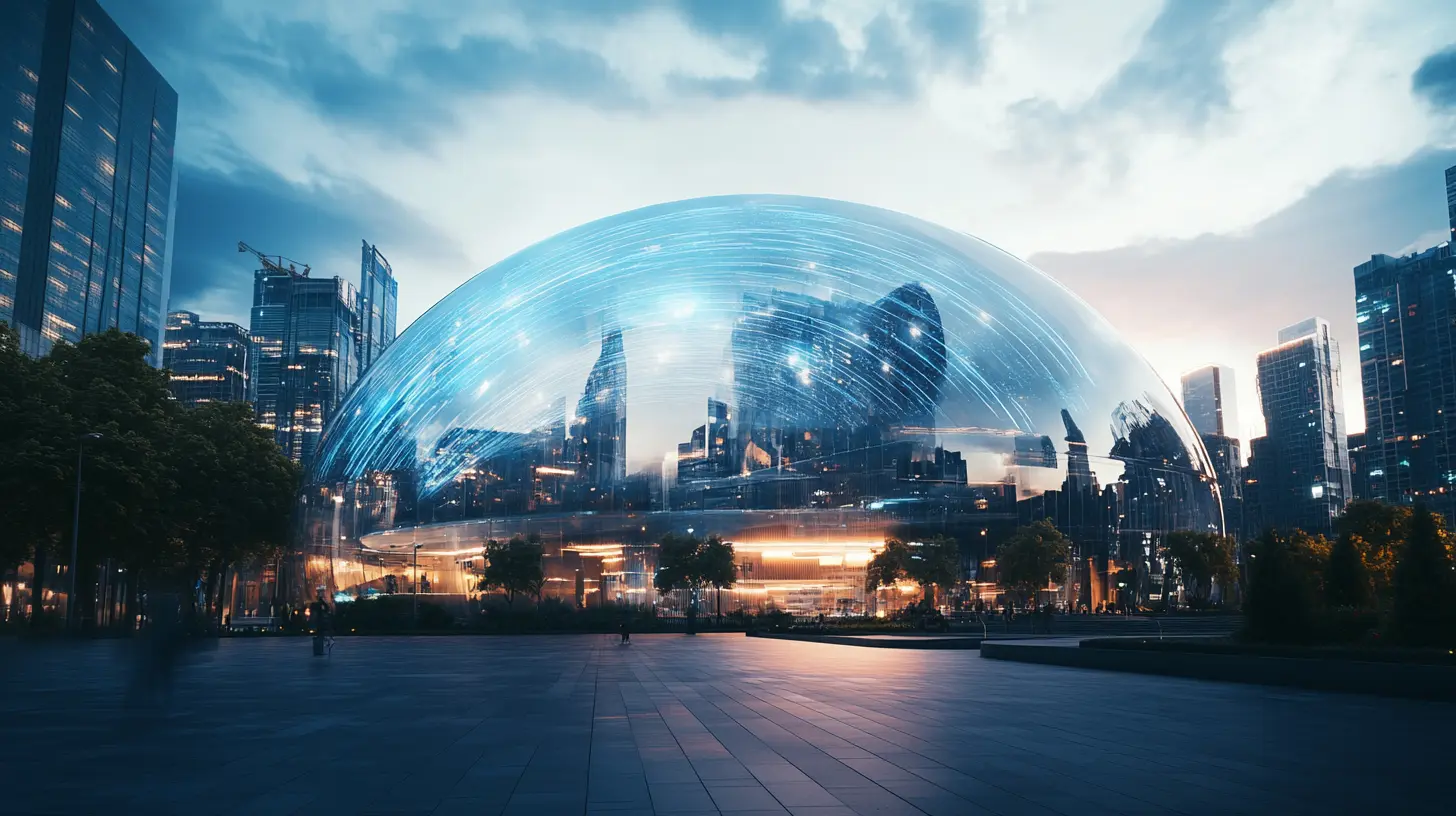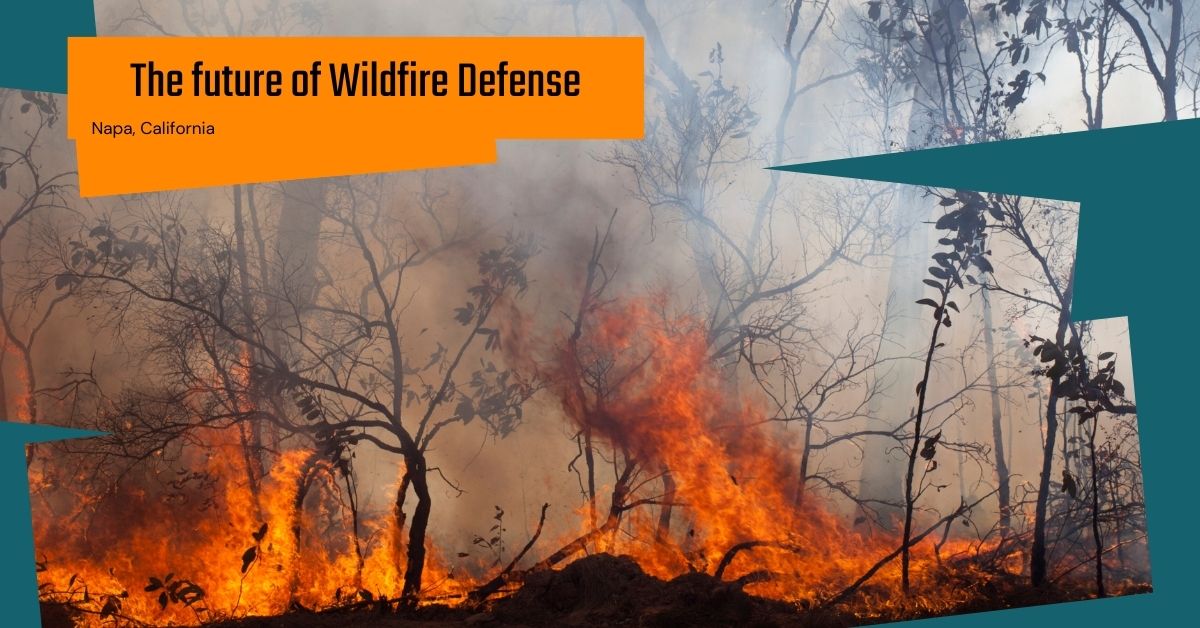Introduction
Reflectivity, particularly in the context of cool roof coatings, is a critical scientific concept that significantly impacts the thermal performance and energy efficiency of buildings. This blog aims to explore the science behind reflectivity, its measurement, and its implications in cool roof technology, citing credible sources to provide an in-depth understanding.
What is Reflectivity?
Reflectivity, in the realm of cool roof coatings, refers to the ability of a roof surface to reflect sunlight, including visible, infrared, and ultraviolet light. Scientifically, it’s defined as the ratio of reflected radiation from the surface to the total incident radiation upon it. This property is crucial because it directly influences the surface temperature of the roof and, consequently, the indoor temperature of a building.
Measuring Reflectivity
The reflectivity of a surface is measured using a scale from 0 to 1, where 0 represents a perfectly absorbent surface (that absorbs all solar radiation) and 1 indicates a perfectly reflective surface (that reflects all solar radiation). In cool roof coatings, materials are designed to have a high reflectivity value, often above 0.7, to ensure effective reflection of sunlight.
The Science Behind Reflectivity in Cool Roofs
The principle behind reflectivity in cool roofs is grounded in the science of solar radiation. Sunlight comprises a spectrum of electromagnetic waves, including visible light, ultraviolet (UV), and infrared (IR) rays. When these rays strike a surface, they can be either absorbed, reflected, or transmitted. Cool roofs are engineered to maximize reflection, especially in the UV and IR spectra, which are responsible for heat.
Role of Pigments
The color and type of pigments used in cool roof coatings significantly affect their reflectivity. Traditionally, lighter-colored roofs were thought to be more reflective. However, advancements in pigment technology have enabled even darker-colored roofs to exhibit high reflectivity by using special pigments that reflect IR radiation.
Impact on Energy Efficiency
The high reflectivity of cool roof coatings translates to lower surface temperatures, reducing heat absorption and transfer into the building. This can lead to a significant reduction in cooling loads and energy consumption, especially in regions with high solar irradiance. According to the U.S. Department of Energy, cool roofs can reduce surface temperatures by up to 50 degrees Fahrenheit, leading to substantial energy savings.
Environmental Benefits
Beyond energy efficiency, the reflectivity of cool roof coatings has broader environmental benefits. By lowering building temperatures, these coatings can reduce the urban heat island effect—a phenomenon where urban areas experience higher temperatures than their rural surroundings. This, in turn, can decrease smog formation and improve air quality.
Challenges and Considerations
While the benefits of reflective cool roof coatings are significant, there are challenges and considerations. In colder climates, for instance, high reflectivity can lead to increased heating demands in winter. This necessitates a balanced approach in selecting and designing cool roof systems based on regional climatic conditions.
Advances in Reflective Coatings
Recent advancements in materials science have led to the development of new reflective coatings that maintain high reflectivity while offering other benefits like dirt resistance, durability, and aesthetic appeal. These innovations ensure that cool roof coatings can be effectively utilized across diverse building designs and locations.
Conclusion
Reflectivity in cool roof coatings is a prime example of how a scientific principle can be harnessed to yield practical benefits in energy efficiency and environmental sustainability. As research and technology continue to evolve, the application and effectiveness of reflective cool roof coatings are expected to expand, playing a crucial role in sustainable building practices.
References:
1. “The Case for Cool Roofs” by Ronnen M. Levinson (2012). This article explores the benefits and scientific principles behind cool roofs, including their reflective properties. The publication can be accessed on the Lawrence Berkeley National Laboratory website.
2. “Global Cooling: Increasing World-wide Urban Albedos to Offset CO2” by Akbari H, Menon S, Rosenfeld A (2009), published in Climatic Change, 94 (3-4), 275-286. This study discusses the global cooling effect of increasing urban albedo, which directly relates to the reflectivity of surfaces like cool roofs. You can read more about this and related research at the Heat Island Group’s Global Cooling page.
3. “Radiative Forcing and Temperature Response to Changes in Urban Albedos and Associated CO2 Offsets” by Menon S, Akbari H, Mahanama S, Sednev I, Levinson R (2010), published in Environmental Research Letters. This paper examines the impact of changes in urban albedo (reflectivity) on radiative forcing and temperature, which is crucial for understanding the effectiveness of cool roofs. More information can be found on the LBL website.
4.U.S. Department of Energy. “Cool Roofs.” Energy.gov. https://www.energy.gov/eere/energybasics/articles/cool-roofs-energy-basics




